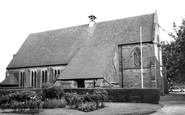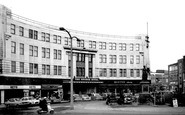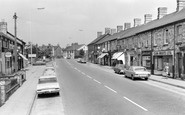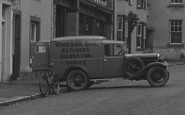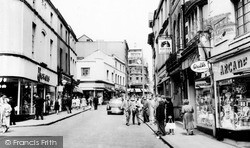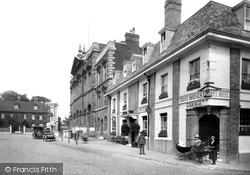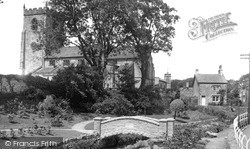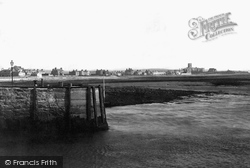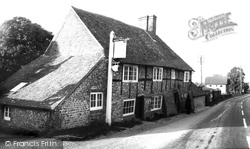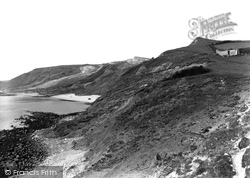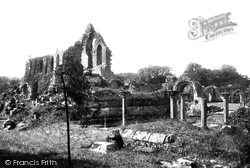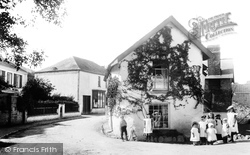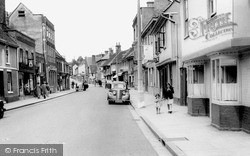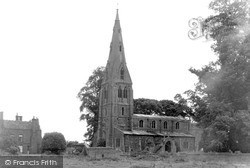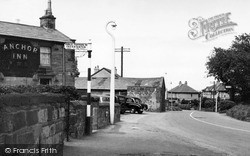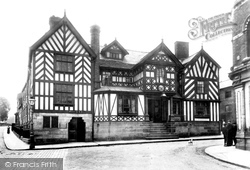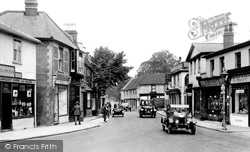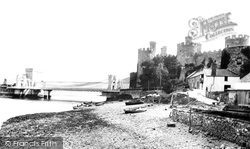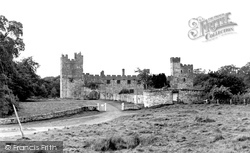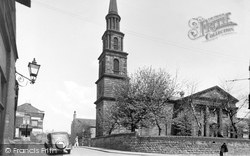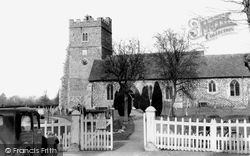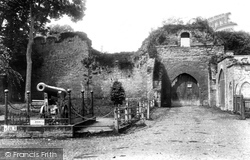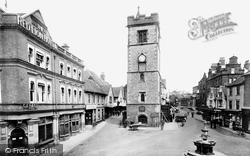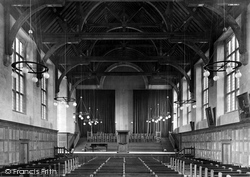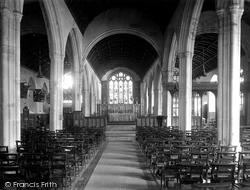Places
Sorry, no places were found that related to your search.
Photos
Sorry, no photos were found that related to your search.
Maps
1 maps found.
Books
Sorry, no books were found that related to your search.
Memories
826 memories found. Showing results 71 to 80.
Brierley Hill Shops
Can anyone remember Alan Davidson's and Dorothy Dangerfield's shops? I also recall being facinated with the revolving doors in Woolworths. My memories of Chattin & Horton was the annual visit to see Father Christmas. ...Read more
A memory of Brierley Hill in 1970 by
Childhood Memories
Furze Infant school and being allowed to go in the garden to pick Lavender (still whenever I smell Lavender it takes me back). Running down 'back alley's' behind the roads around St Chads; Warren Junior School (playing ...Read more
A memory of Chadwell Heath in 1970 by
Astwood Bank Co Op......Remember It?
It was so interesting to find a few photos of old Astwood Bank on here. I moved to the village when my mother married my step father, Jesse Bradley, in 1964. We lived at 21 High Street and I got a job at the ...Read more
A memory of Astwood Bank in 1969 by
Living On Elmer Road Middleton On Sea 1962 1974
I lived there as a young child from about the ages of 2-14 years old (1960-early 1970s). As a young child Elmer Road seemed to be at the end of the world. The main road heading east hit a ...Read more
A memory of Middleton-on-Sea in 1969 by
Memories Of Times Spent In The George.
Great memories of seeing Slade or Ambrose Slade as they were known then (noted for being the Skinhead group) about 1969/1970. Also downstairs (entrance was at the side in the market) in the George a GoGo bar ...Read more
A memory of Walsall in 1969 by
Cottesmore 1969
My name was Liz Shepherd and we were new arrivals. I remember Dick Broom in the village shop that sold everything from Brussell sprouts to Royal Doulton and was also the Post Office. The butcher would leave his straw hat ...Read more
A memory of Cottesmore in 1969 by
My Happy Days
We used to live on East Hill estate, the bottom end number 69 Peter Head House. My mum Bobby, my 2 brothers, graham and Steven, me (Lorraine), and my sister Michelle - we had great fun there playing in the playground at the back of ...Read more
A memory of Battersea in 1969 by
Vauxhall Viva Car
From the picture in 1969 this reminds me of my upbringing in the village. I was born in the village in the house adjoining the Windsor Arms in 1951, and brought up in Heol-y-Coed until I married and moved out of the village in ...Read more
A memory of Pontyclun in 1969 by
First Visit To Kilbagie
My Uncle Andrew, was the head gardner for the Gestetner Paper Mill Grounds. He and my Auntie Mary (my dad's sister) lived in Kennet Village (Kilbagie). These houses were built by the Mill owner for the workers and they ...Read more
A memory of Kilbagie in 1969 by
Windsor Bros Van 1937
I worked for Windsor Bros. The butchers name carried on. The owner then was Gordon Summers. I was a slaughterman. Around the back was the slaughter house, now demolished. I used to work there with Steve. Cannot remember his ...Read more
A memory of Dulverton in 1969 by
Captions
231 captions found. Showing results 169 to 192.
The jeweller`s shop, H Samuel (centre distance), which was beneath the clock, was once the former Post Office. Samuel`s Corner had a certain reputation in Merthyr Tydfil.
To the right of County Hall is the Bell Hotel, a Regency building which was recast in 1919 with the addition of a dormered roof storey.
Coronation Gardens commemorate the crowning of Queen Elizabeth II. The flower beds are a riot of colour in high summer; they lie alongside the stream that runs through the main street.
Near the college is Hango Hill, the scene in 1663 of the execution of the Manx patriot William Christian (Illian Dohne) for his role in the rebellion of 1651.
In the background are the romantic ruins of the Augustinian priory, and to the right are the tumbling waters of the River Wharfe.
Houghton is a hamlet with a long stone bridge across the tidal River Arun.
We are looking westwards to the snout of Goggin's Barrow (right), Black Head (centre), and Redcliff Point (left) above Weymouth Bay.
Lying peacefully on the banks of the Ure, the land was given to the monks by Conan, son of Alan the Red, who built Richmond Castle.
As much as any other, this view illustrates the timelessness of North Devon.
The higgledy-piggledy row of pubs, shops and dwellings has hardly changed over the years.
Here we see Warboys church, with the 17th-century Dutch-influenced manor house next door.
The Anchor Inn (left) is a solid sandstone building, and its contents have refreshed the inhabitants of Irby for over 100 years.
Later photographs from the 1950s show no change to the building apart from the addition of a hanging sign at the front, and the replacement of the gas lamp-post with an electric, concrete one.
In the background are the romantic ruins of the Augustinian priory, and to the right are the tumbling waters of the River Wharfe.
This view, showing the centre of Ewell village, was taken looking north towards the Horse Pond and Spring Corner, and includes several splendid examples of the motor vehicles of the period.
Four small children watch the photographer with interest as he immortalises this stretch of Wharf Road.
There are mussel beds at the mouth of the river, while freshwater oysters found upstream have been famous for their pearls. Telford's 1826 bridge measures 327 ft long.
A minor 14th-century castle, Naworth stands on a triangular piece of land by the river Irthling with deep ditch defences on three sides and a moat and drawbridge on the fourth.
The spire of St Peter's Church can be seen from all parts of Horbury.
The east window stained glass is from about 1840.
Perched on its cliff overlooking the rivers Teme and Corve, Ludlow was built in a strategic location on the Welsh borders.
A rare surviving example of an English belfry, the Clock Tower, built in 1411, stands at the centre of the city with the narrow mediaeval street of French Row on its left and the wider Market Place on
The fine and spacious interior was poor acoustically although in 1941 over 800 people crammed into the hall for the entire London Philharmonic Orchestra conducted by Sir Malcolm Sargent.
A similar view to the one above, but this follows work carried out to the chancel by Sir Charles Nicholson in 1932. Note also the new screen on the right for the Lady Chapel.
Places (0)
Photos (0)
Memories (826)
Books (0)
Maps (1)

